Rise of the tourist route
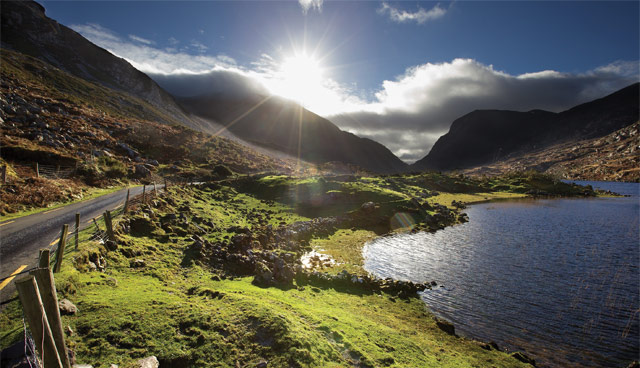

In recent years, tourism, an essential component of the Irish economy, has undergone intensive branding through significant regional investments. Flagship regional branding and marketing campaigns now cover virtually the entire land mass of the island. eolas explores some of the most prominent examples of tourist routes and emerging initiatives.
Wild Atlantic Way
The Wild Atlantic Way is an extensive tourism trail signposted from the Inishowen Peninsula in Co Donegal to Kinsale, Co Cork. The route was developed to enhance the ‘visibility’ of the west coast. Dotted along the route are 188 ‘discovery points’ and each has a unique stamp which can be obtained to complete the Wild Atlantic Way passport (available from selected post offices). In total, the route is 2,500km in length.
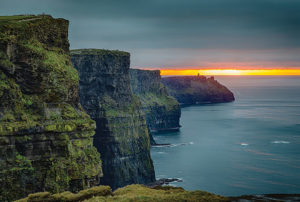
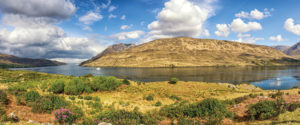
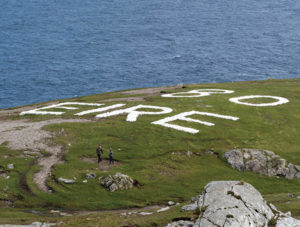
The counties incorporated by the route are Donegal, Leitrim, Sligo, Mayo, Galway, Clare, Limerick, Kerry and Cork. Key attractions include: Malin Head, Fanad, Tory island, Achill Island, Inishturk, Connemara, Oileáin Árann, The Burren, the Cliffs of Moher, Great Blasket island, Dingle, Skellig, Mizen Head and Kinsale.
Ireland’s Ancient East
After the success of the Wild Atlantic Way, the Ancient East was intended as a unifying brand for the eastern portion of the country (the border being the River Shannon), though not as an exact replica. While the Wild Atlantic Way is focused on landscape, the Ancient East brand is “all about the density of built heritage sites and telling people the stories about these”. An expansive region, rather than a route, it extends across the border counties, the midlands and the south east, stretching from Cavan and Louth to Cork and Limerick. The Ancient East initiative offers itineraries, one to seven-days long, which traverse the region.

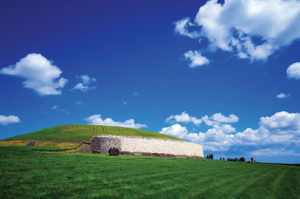
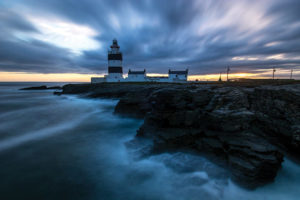
The counties encompassed by the brand are Cavan, Longford, Louth, Meath, Monaghan, Westmeath, Offaly, Laois, Kildare, Tipperary, Limerick, Carlow, Kilkenny, Wicklow, Wexford, Waterford and east Cork. Key attractions include: the Cavan Burren; St Peter’s Tin Church, Monaghan; King John’s Castle, Carlingford; Newgrange; the Irish National Stud; Birr Castle; the Rock of Cashel; Blarney Castle; the Titanic Experience, Cobh; Spike Island; Kilkenny Castle; Wells House and Gardens; Loftus Hall; Hook Head Lighthouse; Glendalough; and Wicklow Gaol.
Ireland’s Hidden Heartlands
The Hidden Heartlands brand incorporates the Midlands and the region surrounding the River Shannon which literally fell through the cracks between the Wild Atlantic Way and Ireland’s Ancient East. Described as “a quiet, relaxing part of the country”, the Hidden Heartlands boast numerous opportunities for active adventures including boat trips, water sports and fishing, as well as walking and cycling trails.
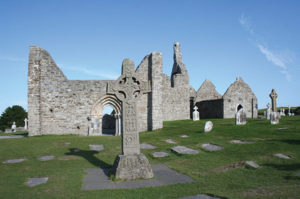
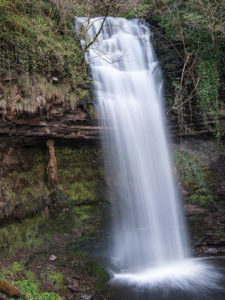
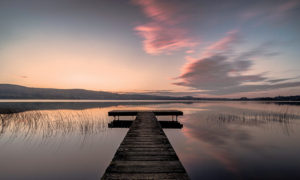
The counties included in the region are Leitrim, Roscommon, east Galway, east Clare, north Tipperary, Offaly, Westmeath, Longford and Cavan. Key attractions include: Lough Ree, Lough Key Forest Park, Lough Derg, Dún na Sí Heritage Park, Clonmacnois Monastery, Portumna Castle, Arigna Mines, Glencar Waterfall, the Beara-Breifne Way and Athlone Castle.
Ring of Kerry
The Ring of Kerry on the Iveragh Peninsula is a circular tourist route which begins and ends in Killarney. At the heart of the Ireland’s largest peninsula is Ireland’s highest mountain range, the Macgillycuddy’s Reeks, and country’s highest peak, Carrauntoohil. In total, the route is 179km in length.
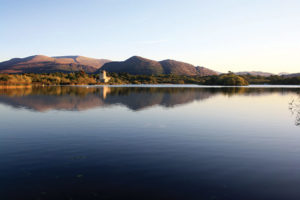
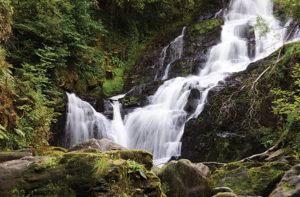
Clockwise from Killarney, the towns and villages along the route are Kenmare, Sneem, Caherdaniel, Waterville, Cahersiveen, Glenbeigh and Killorglin before returning to Killarney. Key attractions include: Killarney National Park, Moll’s Gap, Ladies View, the Gap of Dunloe, Derrynane House, Staigue Stone Fort, the Bog Village, the Skellig Experience, Torc Waterfall, Muckross House and Ross Castle.
Causeway Coastal Route
The Causeway Coastal Route traverses the north coast between Belfast and Derry where it connects with the Wild Atlantic Way. In total, the route is 212km in length.
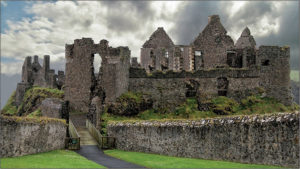
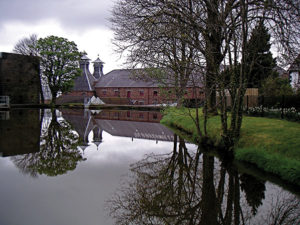
The counties included in the route are Antrim and Derry. Key attractions include: Carrickfergus Castle, the Gobbins Cliff Walk, the Old Bushmills Distillery, Dunluce Castle, the Giant’s Causeway, Ballintoy Harbour, Rathlin Island and the Carrick-a-Rede Rope Bridge.
Great Western Greenway
The Great Western Greenway is the longest off-road walking and cycling route in Ireland. It follows the route of the now defunct extension railway line between Westport and Achill Island in County Mayo. Constructed at a cost of €5.7 million, the tarmac/gravel route was opened in its entirety in 2011. In total, the route is 42km in length.
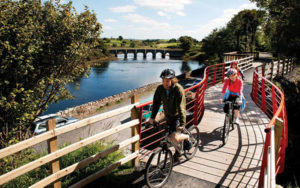
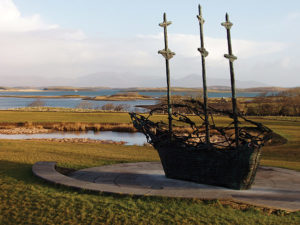
The towns and villages along the route are Westport, Newport, Mulranny and Achill. Key attractions include: Croagh Patrick; the National Famine Monument; Westport House; Clare Island; Keem Bay; and the Deserted Village.





